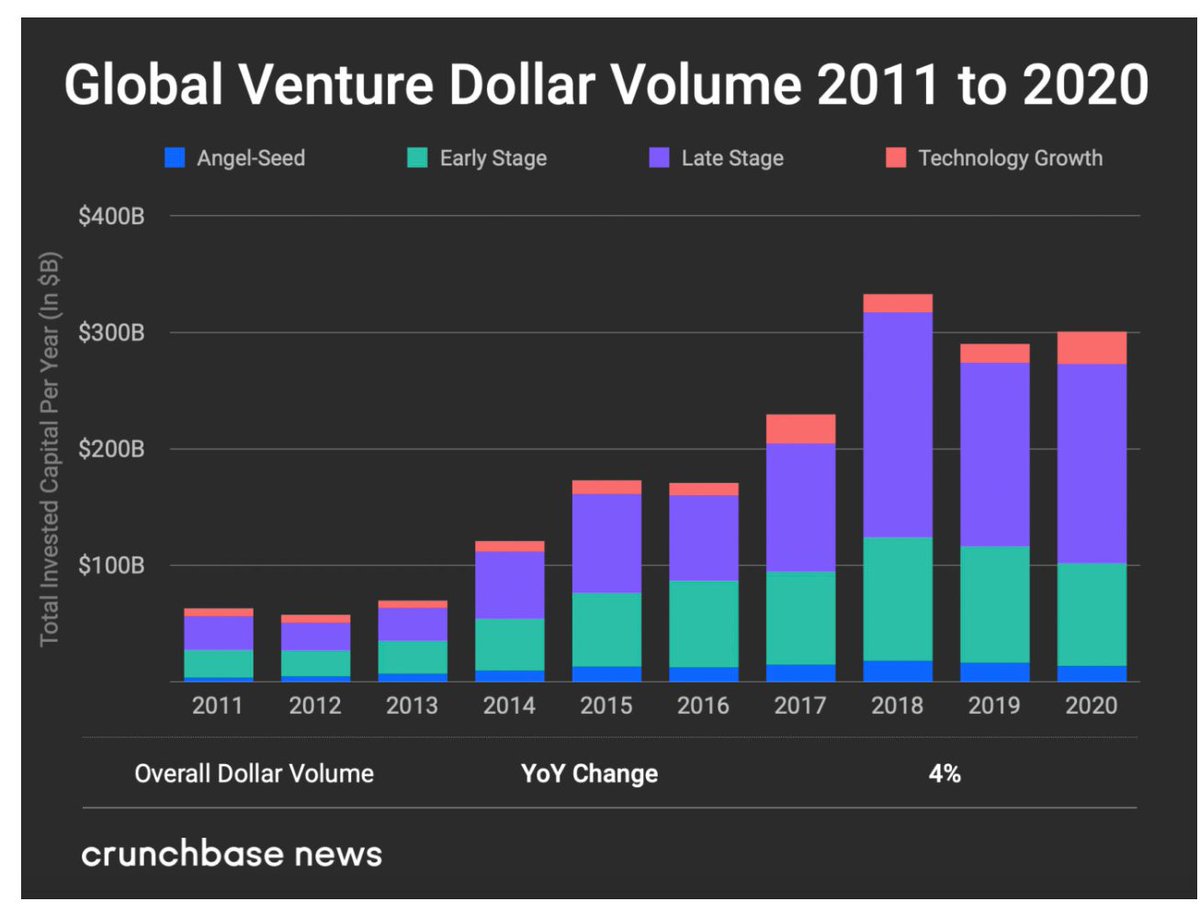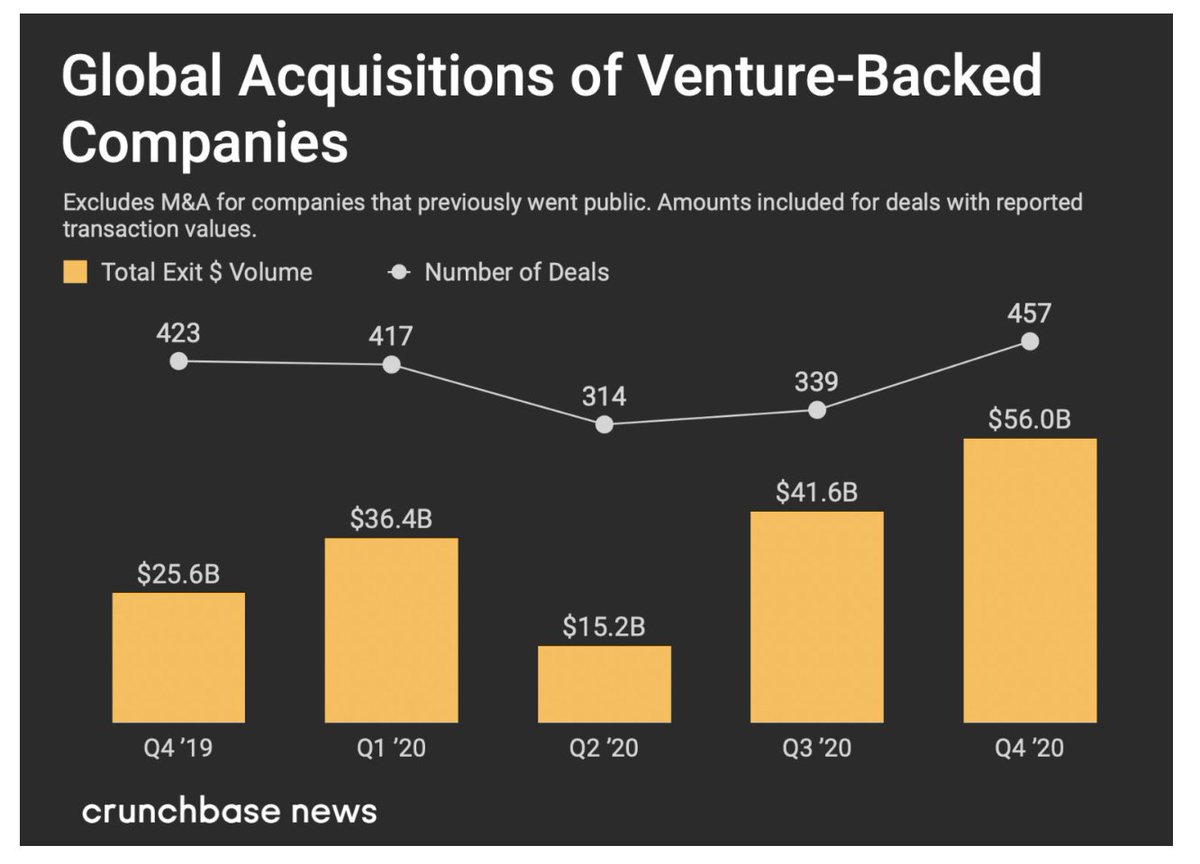
Brief 🧵 on why I think @FlareNetworks' notion of inflation falls short and fails to appropriately communicate the [negative] effects that the planned 34 month Spark "staggered distribution" will produce on the markets.
This is an attempt to open a constructive debate.
1/22
This is an attempt to open a constructive debate.
1/22
https://twitter.com/sprwn/status/1406365406881800192
First of all, I want to make it clear that I do not feel entitled to demand anything from Flare Networks Ltd ("FNL"); they are free to do whatever they deem appropriate in order to secure the future development of the network.
It is true though, as I've mentioned before,
2/22
It is true though, as I've mentioned before,
2/22
that FNL is not a non-profit organization, and has the clear intention to make money on the back of Flare Network's ("FN") success. FN's success is considerably dependant on network effects provided by users, which means that FNL should be paying attention to user
3/22
3/22
preferences. It is not that FNL owes anything to the users of FN, but the happier such users are, the better it is in the long-term for FNL. Having happy users usually leads to the attraction of more users, which in turn, can lead to token appreciation. Token appreciation
4/22
4/22
is, by all means, good news for FNL, as a whopping 35% of the total spark supply will be apportioned to the company.
That said, it is quite clear that it's in FNL's best interest to create the friendliest possible environment for FN users. — The comments herein below
5/22
That said, it is quite clear that it's in FNL's best interest to create the friendliest possible environment for FN users. — The comments herein below
5/22
should, then, be taken as constructive feedback by the FNL team.
So, going back to the subject matter of this thread, let's talk about inflation and market supply. In order to understand inflation, it is an imperative to begin by understanding market supply.
6/22
So, going back to the subject matter of this thread, let's talk about inflation and market supply. In order to understand inflation, it is an imperative to begin by understanding market supply.
6/22
Market supply itself, is a concept that admits different definitions or dimensions, incl.:
1. Total Token Supply ("TTS"): means the total number of tokens in existence. —In the case of Bitcoin, the TTS equals to ~18,7M.
2. Total Potential Token Supply ("TPTS"):
7/
1. Total Token Supply ("TTS"): means the total number of tokens in existence. —In the case of Bitcoin, the TTS equals to ~18,7M.
2. Total Potential Token Supply ("TPTS"):
7/
means the total number of tokens that can be ever issued according to the rules of the protocol. In some cases TTS and TPTS might overlap (e.g. XRP), whereas in others, TPTS might be larger than current TTS (e.g. Bitcoin — 21M cap).
3. Total Circulating Supply ("TCS"):
8/
3. Total Circulating Supply ("TCS"):
8/
means the total number of issued/existing tokens whose circulation has not been distinguishably restricted, e.g. by means of commitment to escrows or smart contracts.
As per FNL's latest blog-post (flare.xyz/further-inform…), this is how Spark token supply will look at
9/22
As per FNL's latest blog-post (flare.xyz/further-inform…), this is how Spark token supply will look at
9/22
the outset of the FN:
1. TTS: 100B.
2. TPTS: 100B +10% (compoundable per annum). TPTS inflation rate can be modified via protocol governance. The newly minted tokens are granted as mining and/or oracle rewards to Flare Time Series Oracle participants.
10/22
1. TTS: 100B.
2. TPTS: 100B +10% (compoundable per annum). TPTS inflation rate can be modified via protocol governance. The newly minted tokens are granted as mining and/or oracle rewards to Flare Time Series Oracle participants.
10/22
3. TCS: Although 100B tokens will be created at the outset of the network, only 15% will be "unlocked" and distributed to user accounts, bringing the TCS down to 15B spark tokens.
Having said the above, it is now time to get into the interesting parts of the discussion.
11/22
Having said the above, it is now time to get into the interesting parts of the discussion.
11/22
The guys at FNL insist that the FN will only be affected by one kind of inflation: the one deriving from the activities conducted by FTSO participants (i.e. 10% compounded inflation per annum). They therefore sustain that the only kind of inflation that should be taken
12/22
12/22
into account is the one that ends up having a direct effect in TTS.
I disagree with FNL's position as it falls short and fails to communicate and address the inflationary effects caused by increments to the TCS. — Here's why.
As you all know, the distribution of spark
13/22
I disagree with FNL's position as it falls short and fails to communicate and address the inflationary effects caused by increments to the TCS. — Here's why.
As you all know, the distribution of spark
13/22
tokens will happen as follows:
- 15% of the initial TTS will be distributed at launch.
- The remaining 85% of the initial TTS will be distributed in a staggered manner over a minimum of 25 months and a maximum of 34 months. Monthly distributions will occur until
14/22
- 15% of the initial TTS will be distributed at launch.
- The remaining 85% of the initial TTS will be distributed in a staggered manner over a minimum of 25 months and a maximum of 34 months. Monthly distributions will occur until
14/22
the entirety of the initially minted tokens have been successfully sent to spark claimers.
What the above effectively means, is that with each passing month, the Spark TCS will be incremented by user distributions, i.e. there will be more unrestricted spark tokens
15/22
What the above effectively means, is that with each passing month, the Spark TCS will be incremented by user distributions, i.e. there will be more unrestricted spark tokens
15/22
available either for disposal through the markets or commitment to FN applications. To the extent some of such distributed tokens are disposed, an inflationary effect will be created, but it is FNL's position to negate the existence of said effect.
Moreover,
16/22
Moreover,
16/22
the FNL team refers to the selling pressure (i.e. inflationary effect) caused by monthly distributions as "excess liquidity", which is odd to say the least. — In crypto world, one does not simply refer to excess liquidity as something undesirable. XRP holders know that
17/22
17/22
liquidity is a use-case enabler; the more liquidity, the better.
A liquid market allows its participants to acquire or sell large amounts of assets whilst ensuring that prices will not significantly move (slipp) upwards or downwards as a result of their trades.
18/22
A liquid market allows its participants to acquire or sell large amounts of assets whilst ensuring that prices will not significantly move (slipp) upwards or downwards as a result of their trades.
18/22
When FNL guys use the term "excess liquidity", they do so with a negative connotation (or so it appears), like if it implied some sort of selling pressure, which is —again— odd. One cannot have prejudicial liquidity in crypto.
It is therefore my position that, by
19/22
It is therefore my position that, by
19/22
incrementing TCS and, hence, the total number of spark tokens available for disposal, monthly spark distributions in fact will cause an inflationary effect that the FNL team is failing to appropriately represent.
Why are they taking the position to not address this
20/22
Why are they taking the position to not address this
20/22
aspect of monthly distributions, I don't know.
Reality is that this whole situation (i.e. the inflationary effect and the need to hide it from users) could have been avoided by simply distributing the entirety of the tokens at launch, as advised by @JoelKatz.
21/22
Reality is that this whole situation (i.e. the inflationary effect and the need to hide it from users) could have been avoided by simply distributing the entirety of the tokens at launch, as advised by @JoelKatz.
21/22
I firmly believe that, by appropriately acknowledging and addressing the existence of the inflationary effect, FNL would be able to help themselves (as well as other FN users) by developing a distribution strategy that does not create such an agonizing selling pressure.
22/22
22/22
*Minor correction: FNL will be apportioned with 25% of the TTS, not the 35% pointed out earlier. — This correction has no impact on my arguments whatsoever.
• • •
Missing some Tweet in this thread? You can try to
force a refresh








